Buy the photo Wadden Sea by Jose Lok on canvas, ArtFrame, poster and wallpaper, printed on demand in high quality.
About "Wadden Sea"
by Jose Lok
About the artwork
The Wadden Sea (Frisian: Waadsee, German: Wattenmeer, Danish: Vadehavet) is the inland sea between the Wadden Islands and the North Sea on one side, and the mainland of the Netherlands, Germany and Denmark on the other.
The area extends between Den Helder in the Netherlands and Esbjerg in Denmark, has a length of 500 km and a width of 20 km on average. Its surface area is about 10,000 km², of which about 7,500 km² is tidal area (mudflats and sandbanks), 1,100 km² islands and 350 km² salt marshes and summer polders.[1] The rest consists of shipping channels.
A number of rivers flowed into the Wadden Sea. The estuaries widened into estuaries like the Dollard, the Lauwerszee and the Middelzee. The Afsluitdijk, completed in 1932, has been part of the southern border of the Wadden Sea since that year. The Wadden Sea is interrupted by the Hindenburg Dam from the island of Sylt and the Rømøvej, the dam to Rømø.
The Wadden Sea area has great natural value and is on the UNESCO World Heritage List.[2] The World Heritage Site covers over 12,000 km², which includes the transitional area to the North Sea (some'4,000 km²). It largely excludes the Wadden Islands of the Netherlands and Schleswig-Holstein (almost 700 km²) and the estuaries of the Ems, Außenjade, Weser and Elbe rivers. However, these areas are largely covered by the Natura 2000 regime. Protection measures are coordinated by the International Wadden Sea Secretariat (CWSS) in Wilhelmshaven, waa

About Jose Lok
My husband ( Arie Lok ) and I are both fanatical photographers so we regularly go out together to photograph beautiful landscapes, animals, birds and actually everything that is beautiful.
He with his Nikon and I with my Canon.
We were regularly asked to do something with these photos, ..
Read more…
 Netherlands
Netherlands Ordered in June 2019
Ordered in June 2019
 Germany
Germany Ordered in March 2019
Ordered in March 2019
 Netherlands
Netherlands Ordered in June 2019
Ordered in June 2019

 Netherlands
Netherlands Ordered in April 2020
Ordered in April 2020
 Netherlands
Netherlands Ordered in December 2016
Ordered in December 2016
 Netherlands
Netherlands Ordered in October 2020
Ordered in October 2020
 Netherlands
Netherlands Ordered in April 2020
Ordered in April 2020
 Germany
Germany Ordered in August 2025
Ordered in August 2025
 Netherlands
Netherlands Ordered in August 2024
Ordered in August 2024
 Netherlands
Netherlands Ordered in October 2021
Ordered in October 2021
 Germany
Germany Ordered in May 2021
Ordered in May 2021
 Germany
Germany Ordered in April 2020
Ordered in April 2020
About the material
ArtFrame™
Interchangeable Art Prints
- High-quality print
- Easily interchangeable
- Acoustic function
- Large sizes available
Discover the artworks of Jose Lok
 As silhouette weir complex at Amerongen.Jose Lok
As silhouette weir complex at Amerongen.Jose Lok BoeddhaJose Lok
BoeddhaJose Lok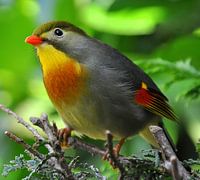 Japanese nightingaleJose Lok
Japanese nightingaleJose Lok Cup and saucer Jose Lok
Cup and saucer Jose Lok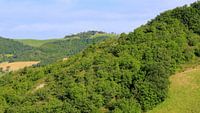 ItalyJose Lok
ItalyJose Lok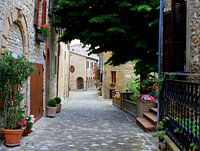 A typical Italian street.Jose Lok
A typical Italian street.Jose Lok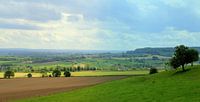 Limburg landscape.Jose Lok
Limburg landscape.Jose Lok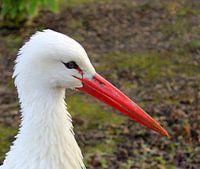 Stork.Jose Lok
Stork.Jose Lok Two cowsJose Lok
Two cowsJose Lok Shadow lines.Jose Lok
Shadow lines.Jose Lok Hout uit het zwarte woud Jose Lok
Hout uit het zwarte woud Jose Lok Kasteel de Haar.Jose Lok
Kasteel de Haar.Jose Lok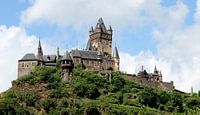 Rijksburcht Cochem.Jose Lok
Rijksburcht Cochem.Jose Lok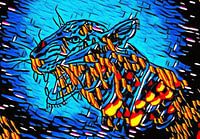 JaguarJose Lok
JaguarJose Lok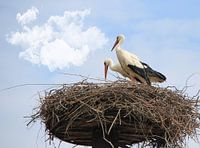 Storks on nest.Jose Lok
Storks on nest.Jose Lok WitchJose Lok
WitchJose Lok GerberaJose Lok
GerberaJose Lok The cosmos in sepiaJose Lok
The cosmos in sepiaJose Lok Child on the phoneJose Lok
Child on the phoneJose Lok Mandrill .Jose Lok
Mandrill .Jose Lok







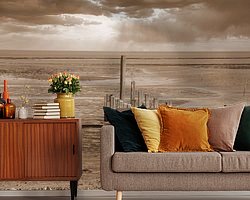





 Elegant Expressions
Elegant Expressions Melancholic Elegance
Melancholic Elegance Mysterious Spheres
Mysterious Spheres North Sea
North Sea Nostalgic Memories
Nostalgic Memories Photo wallpaper
Photo wallpaper Photography
Photography Sepia Colour
Sepia Colour Serene Peace
Serene Peace Wadden Islands and Wadden Sea
Wadden Islands and Wadden Sea









